Connecting the all the dots
September 22, 2025 at 3:00 p.m.By JobNimbus.
Seamless CRM integration is the key to better communication, greater efficiency and strategic growth.
In today’s competitive roofing industry, the difference between a good company and a great one often comes down to how well that business integrates digital tools. It’s not enough to have the latest software or the shiniest tools — you need a fully-integrated system in which all your individual parts work together.
When information moves seamlessly between estimating, project management, customer communication and payment processing platforms, your team can spend less time on manually inputting data and focus instead on delivering the best service to your customers.
Our team at JobNimbus has worked diligently to create a fully integrated CRM solution that will best benefit your clients and crew. In an industry where clear communication can make or break a deal, integration isn't just nice to have. It's a strategic advantage.
Why your tech stack needs to play nice together
Here's the thing that separates successful roofing companies from the rest of the pack: They understand that customer experience isn't just about being friendly on the phone. It's about creating seamless interactions at every touchpoint, from the first inquiry to the final invoice.
When your systems don't integrate, information falls through the cracks faster than leaves through a damaged gutter. Your estimator creates a detailed proposal, but the project manager has to start from scratch because the data doesn't transfer. Your field team discovers an issue, but the customer hears about it three days later because nobody updated the CRM.
This isn't just inefficient — it's a trust killer. Customers today expect the same level of seamless service they get from companies like Amazon or Uber. When you have to ask them to repeat information they've already provided or when they get conflicting details from different team members, you're basically telling them your operation isn't professional enough to handle their investment.
The foundation: Starting with best roofing CRM software
Just like you wouldn't start a roofing project without a solid foundation, you shouldn't build your tech stack without the right CRM at its core. But here's where most companies mess up: They pick a CRM based on features alone, without considering how it'll integrate with their other tools.
The best roofing CRM software isn't necessarily the one with the most bells and whistles. It's the one that becomes the central nervous system of your operation, connecting every other tool in your arsenal. When evaluating CRM options, you need to think beyond just contact management.
Can it pull data from your estimating software automatically? Does it sync with your project management platform? Can your field team access and update customer information in real-time? These aren't luxury features — they're the difference between a professional operation and a juggling act.
Mobile CRM solutions: Bringing the office to the field
Let's be real for a second. Most of your customer interactions don't happen at a desk. They happen on ladders, in driveways and during storm damage assessments. If your CRM locks your team to desktop computers, you're fighting the battle with one hand tied behind your back.
Mobile CRM solutions have become the game-changer for roofing companies that want to scale. When your field team can access customer history, update project status and even process payments from their phones, you eliminate the communication lag that kills deals.
Think about it: A homeowner asks about the timeline for material delivery. With integrated mobile CRM software, your team lead can check the schedule, verify the order status and give an accurate answer on the spot. Without it, you get "I'll have to check with the office and get back to you" — which usually means the customer starts getting quotes from your competitors.
Creating your integration strategy
Building an integrated tech ecosystem isn't like flipping a switch. It's more like renovating a house while you're still living in it. You need a plan that minimizes disruption while maximizing the benefits.
Start with your core workflow. Map out how information currently flows from lead generation to project completion. Where do you manually transfer data? Where do team members have to make phone calls to get updates? Those friction points are your integration opportunities.
The smartest approach is to begin with your CRM and estimating software integration. These two systems handle the most critical customer touchpoints — initial contact through proposal delivery. Once you've got that connection smooth, you can layer in project management, accounting and marketing automation.
The ripple effect of better integration
Here's what happens when your systems start talking to each other: Your estimators spend less time on data entry and more time perfecting proposals. Your project managers get real-time updates instead of playing phone tag. Your customers get consistent information regardless of who they're talking to.
But the real magic happens in the details. When a customer calls with a question about their project, your team can see the complete history — from initial inquiry through current project status — in seconds. When material deliveries get delayed, everyone from the project manager to the homeowner gets updated simultaneously.
This level of coordination doesn't just improve customer satisfaction. It dramatically reduces the stress on your team. No more scrambling to find information, no more conflicting updates, no more dropped balls.
Making the investment pay off
Look, nobody's going to pretend that building an integrated tech stack is free. Quality software costs money and training your team takes time. But here's the math that matters: Companies with integrated systems close deals faster, complete projects more efficiently and retain customers at higher rates.
According to our Peak Performance 2024 report, high-revenue roofing companies (over $4 million) invest significantly more in integrated technology solutions than their lower-performing competitors. They understand that the cost of integration is tiny compared to the cost of losing customers due to poor communication.
The key is thinking about ROI in terms of customer lifetime value, not just immediate savings. When you can deliver a seamless experience that builds trust and confidence, customers don't just hire you once — they become advocates who refer friends and neighbors.
Your next steps
Building an integrated tech ecosystem starts with honest assessment. Look at your current tools and identify where information gets stuck, where team members waste time on manual processes and where customers experience friction.
Don't try to integrate everything at once. Start with the connections that will have the biggest impact on customer experience, then build from there. And remember: The goal isn't to have the most sophisticated system — it's to have systems that work together to make your customers' lives easier.
What integration challenges are you facing in your roofing business? The companies that solve these problems first are the ones that'll dominate their markets while their competitors are still shuffling paperwork.
Original article source: JobNimbus
Learn more about JobNimbus in their Coffee Shop Directory or visit www.JobNimbus.com.


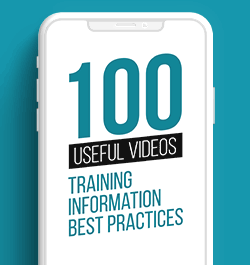





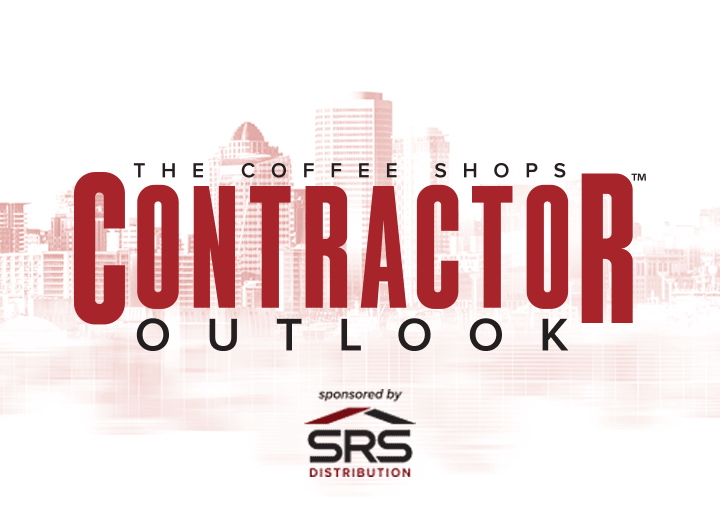


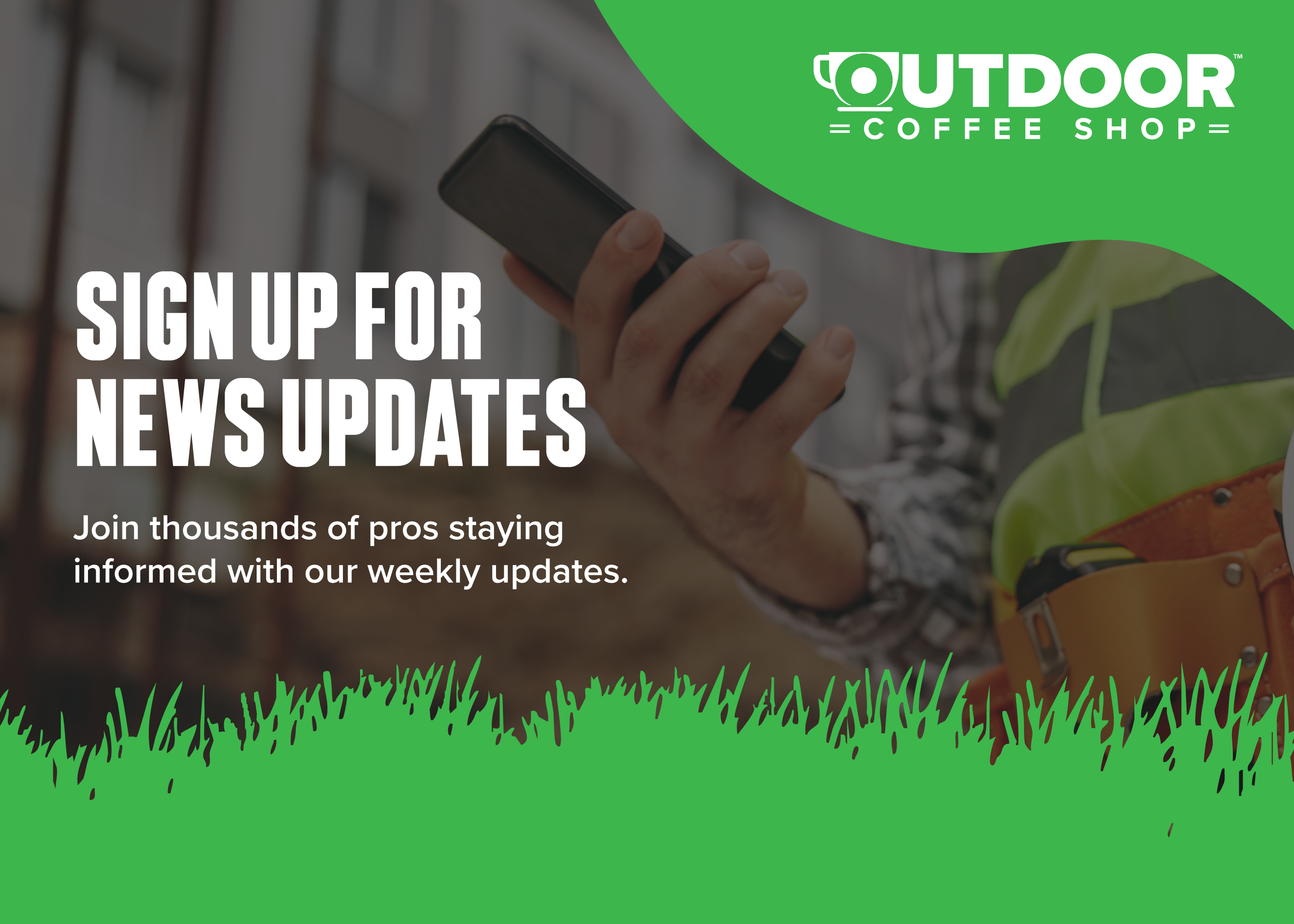

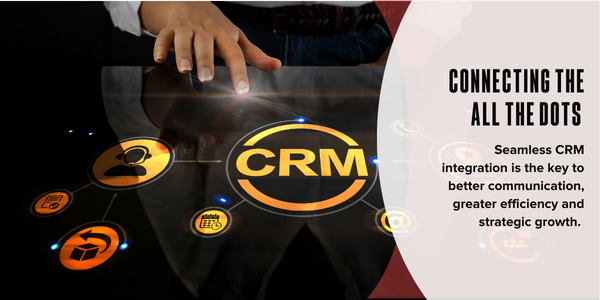


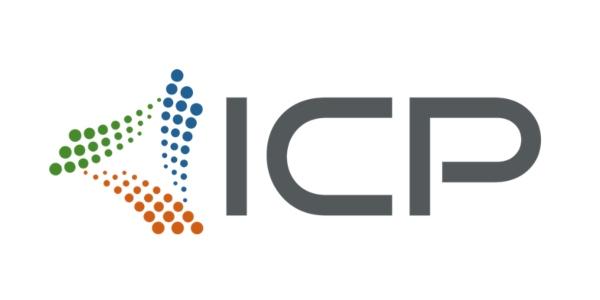






Comments
Leave a Reply
Have an account? Login to leave a comment!
Sign In